
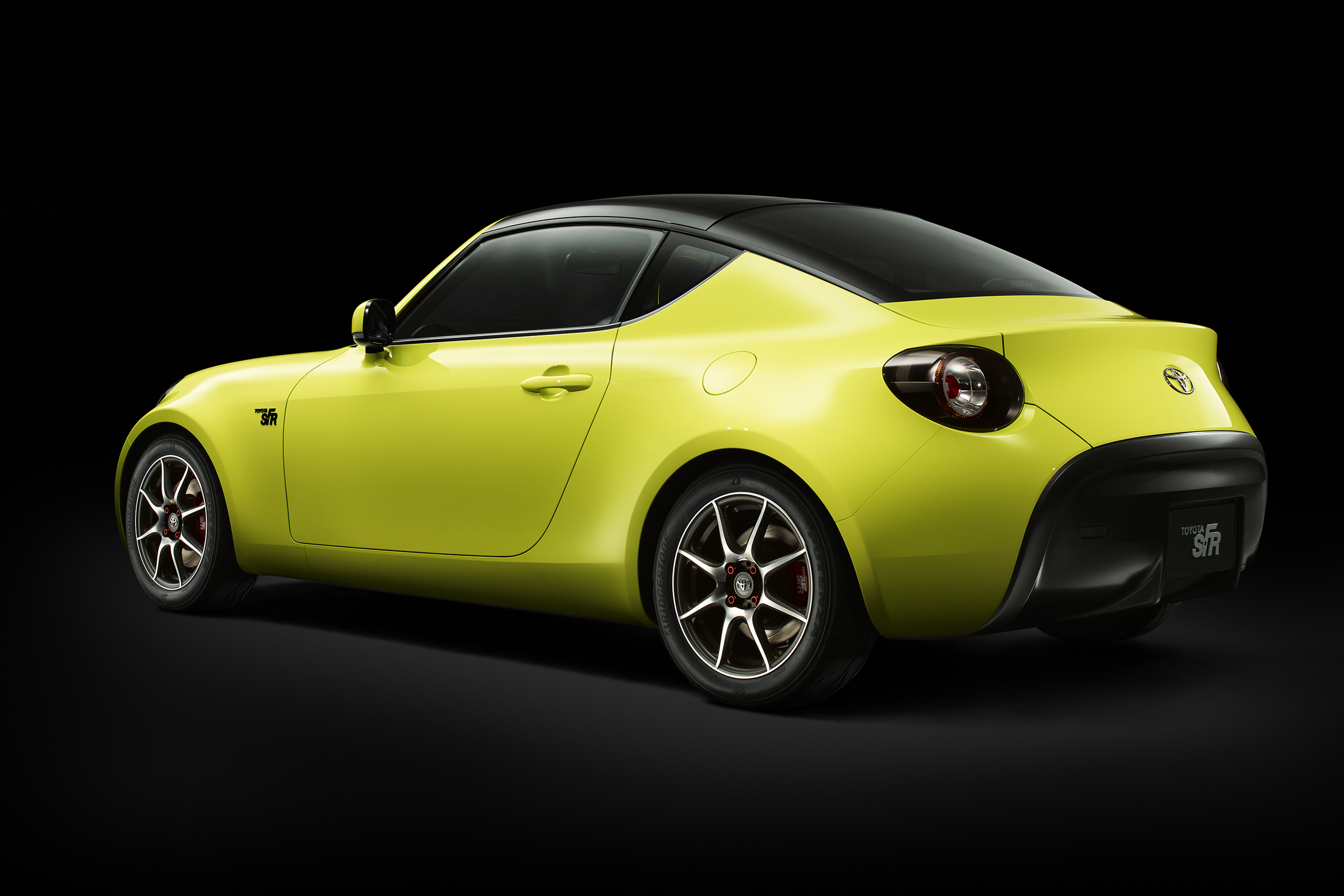
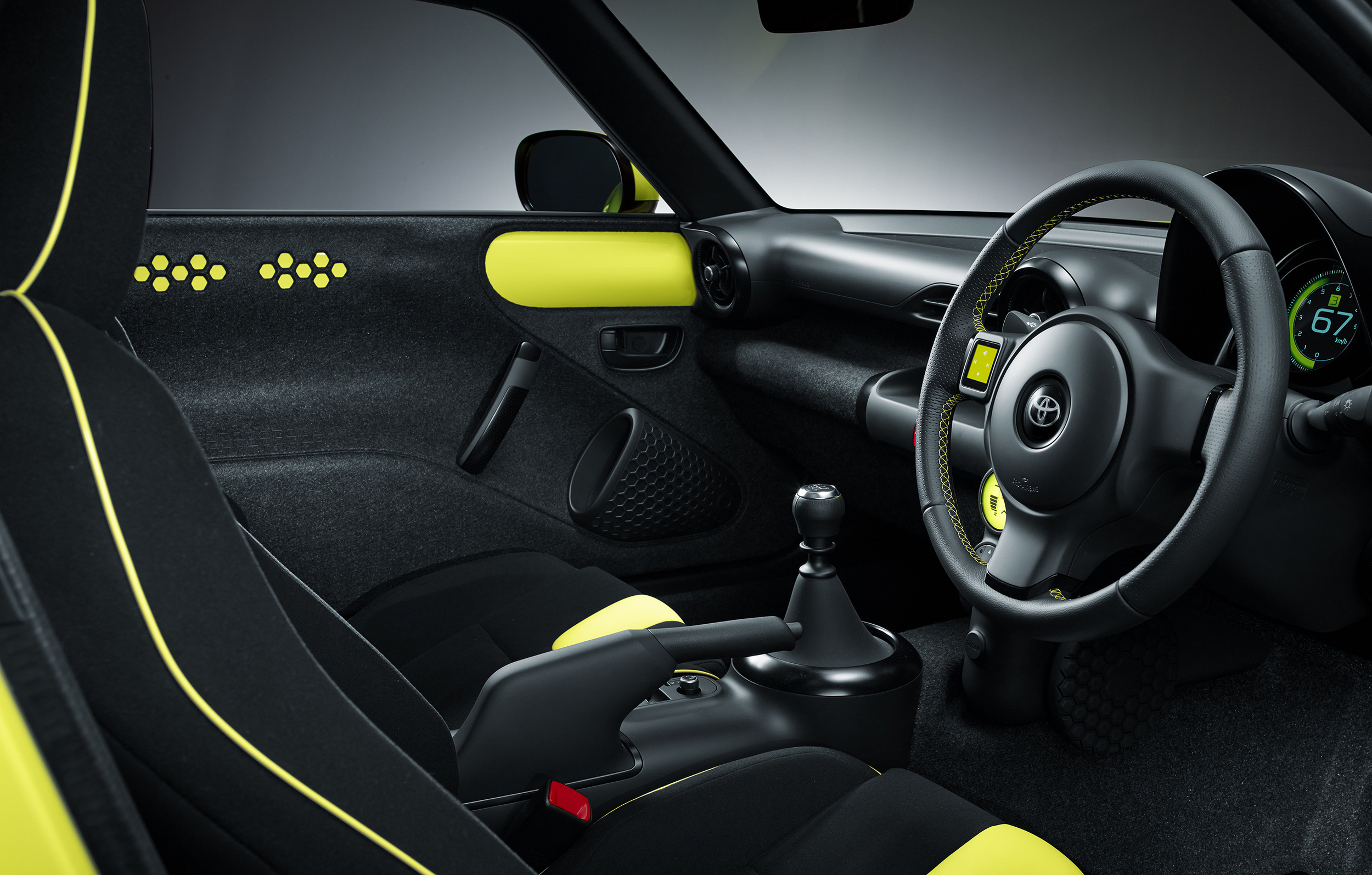
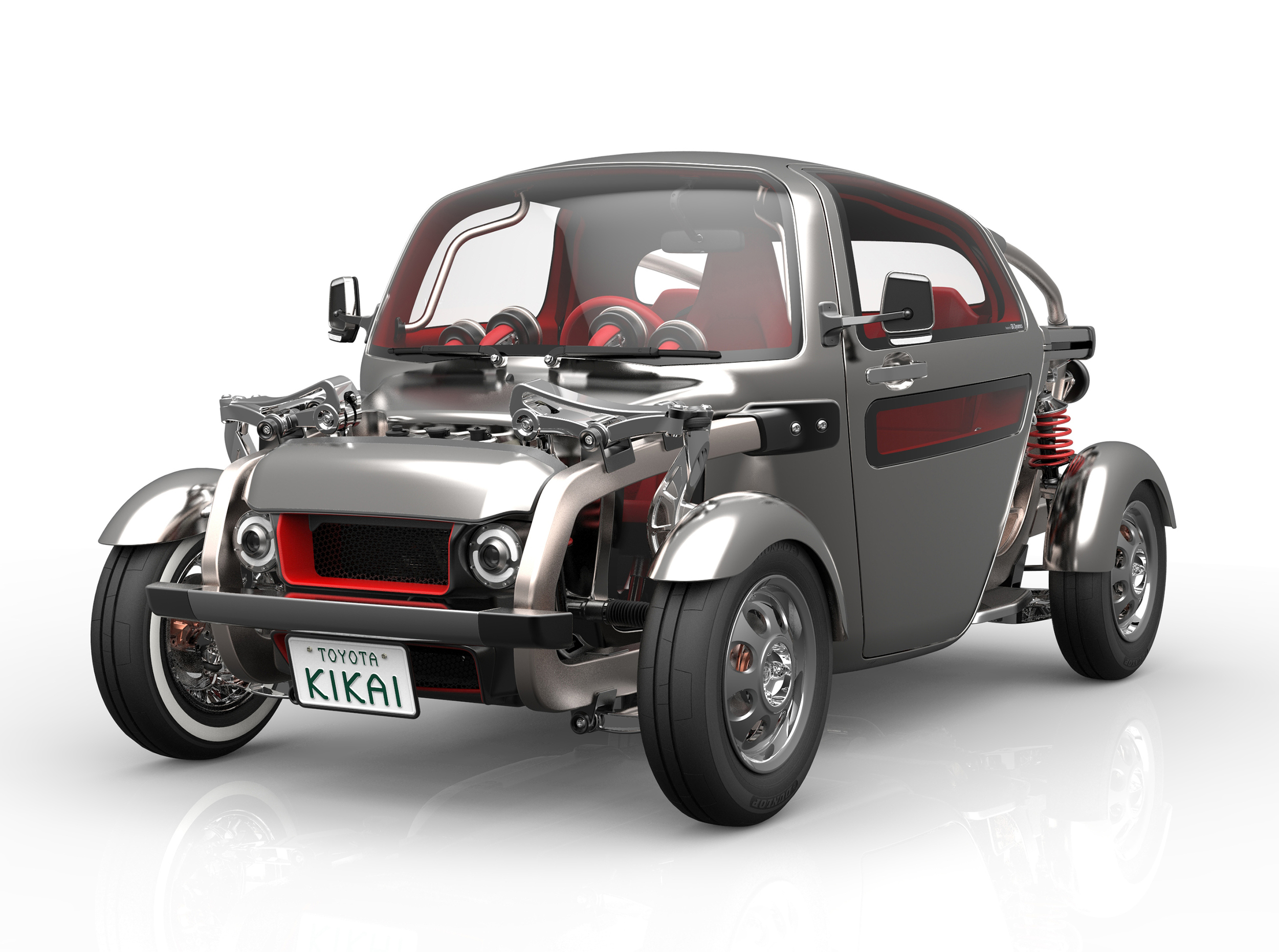
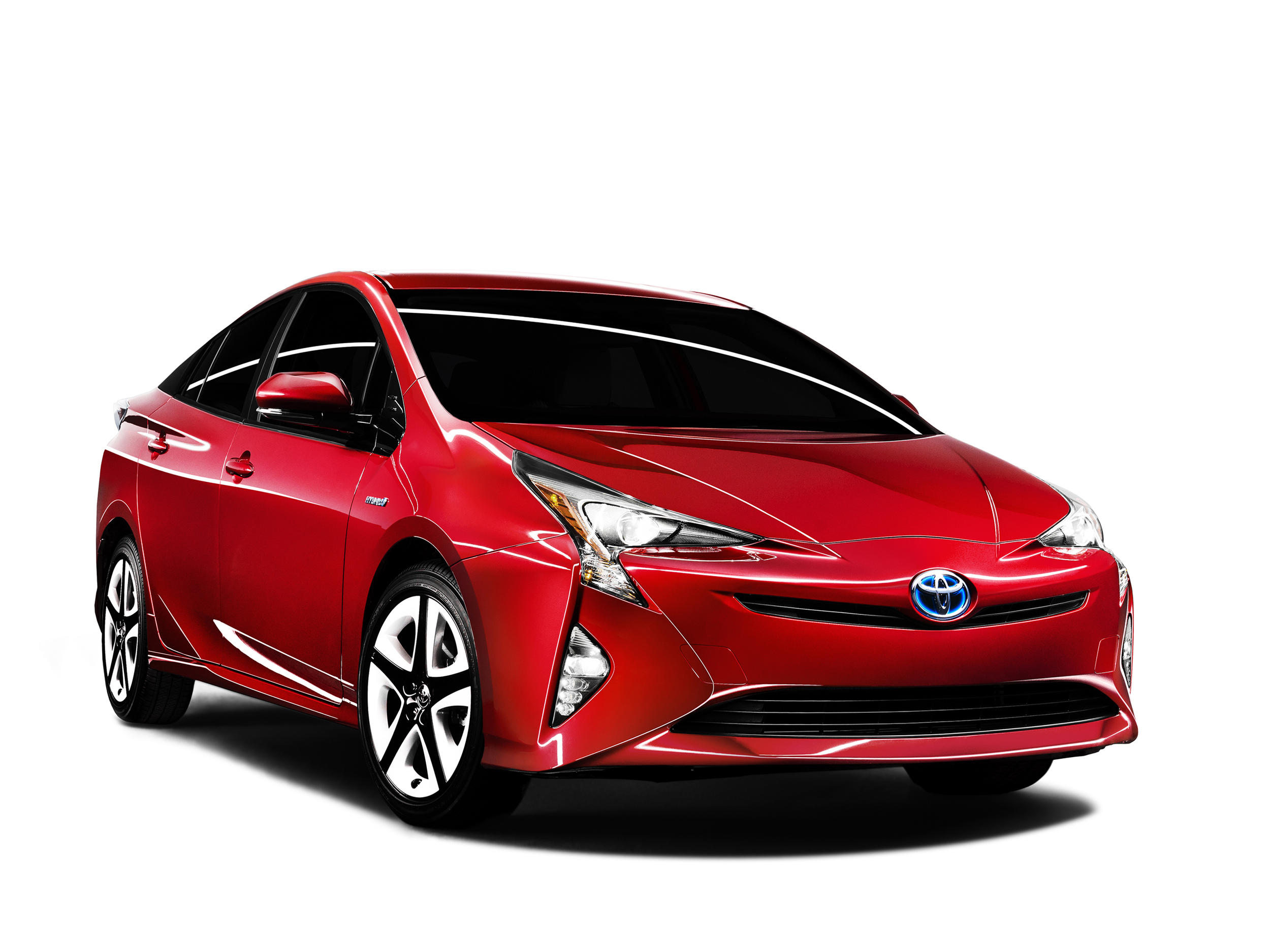
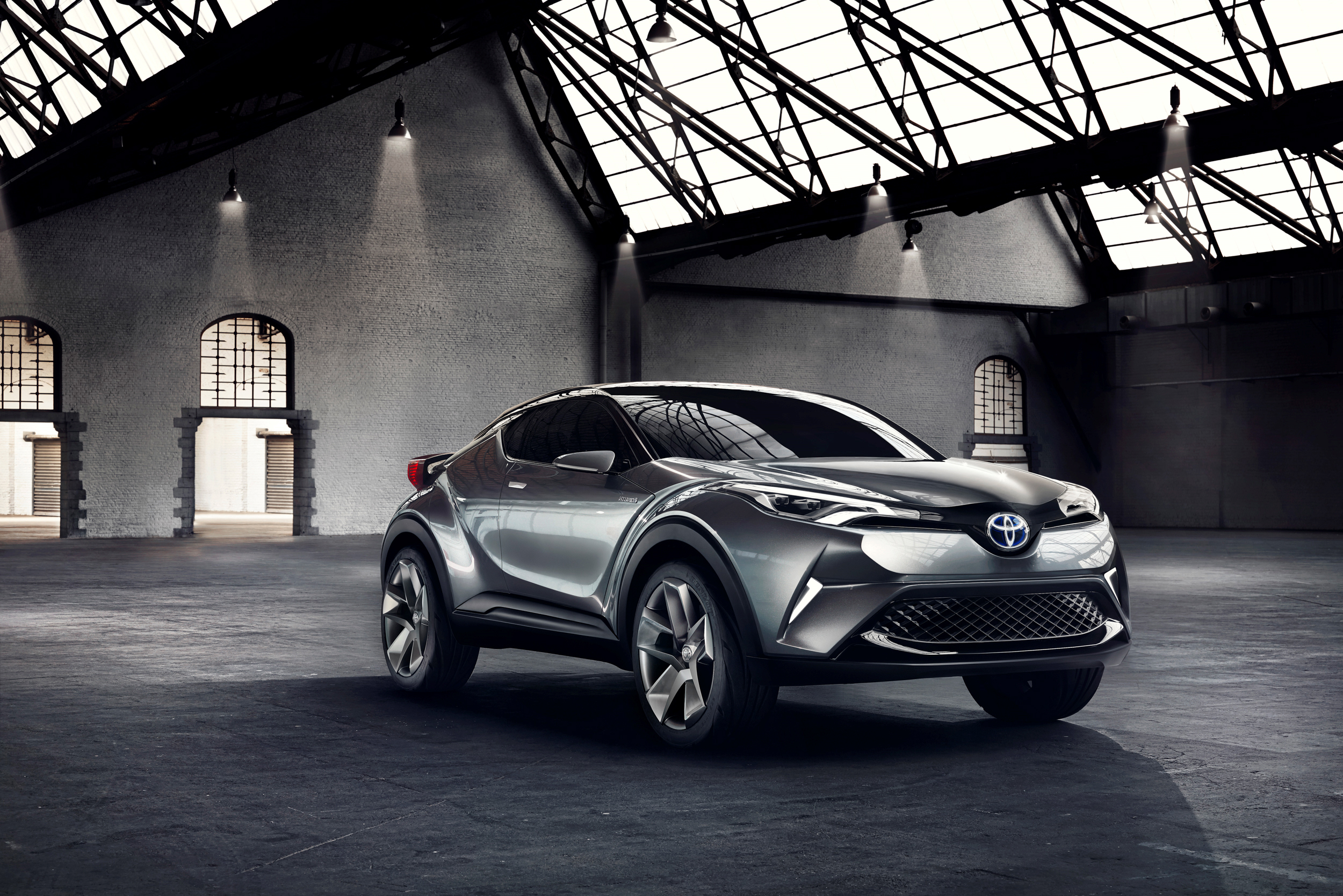
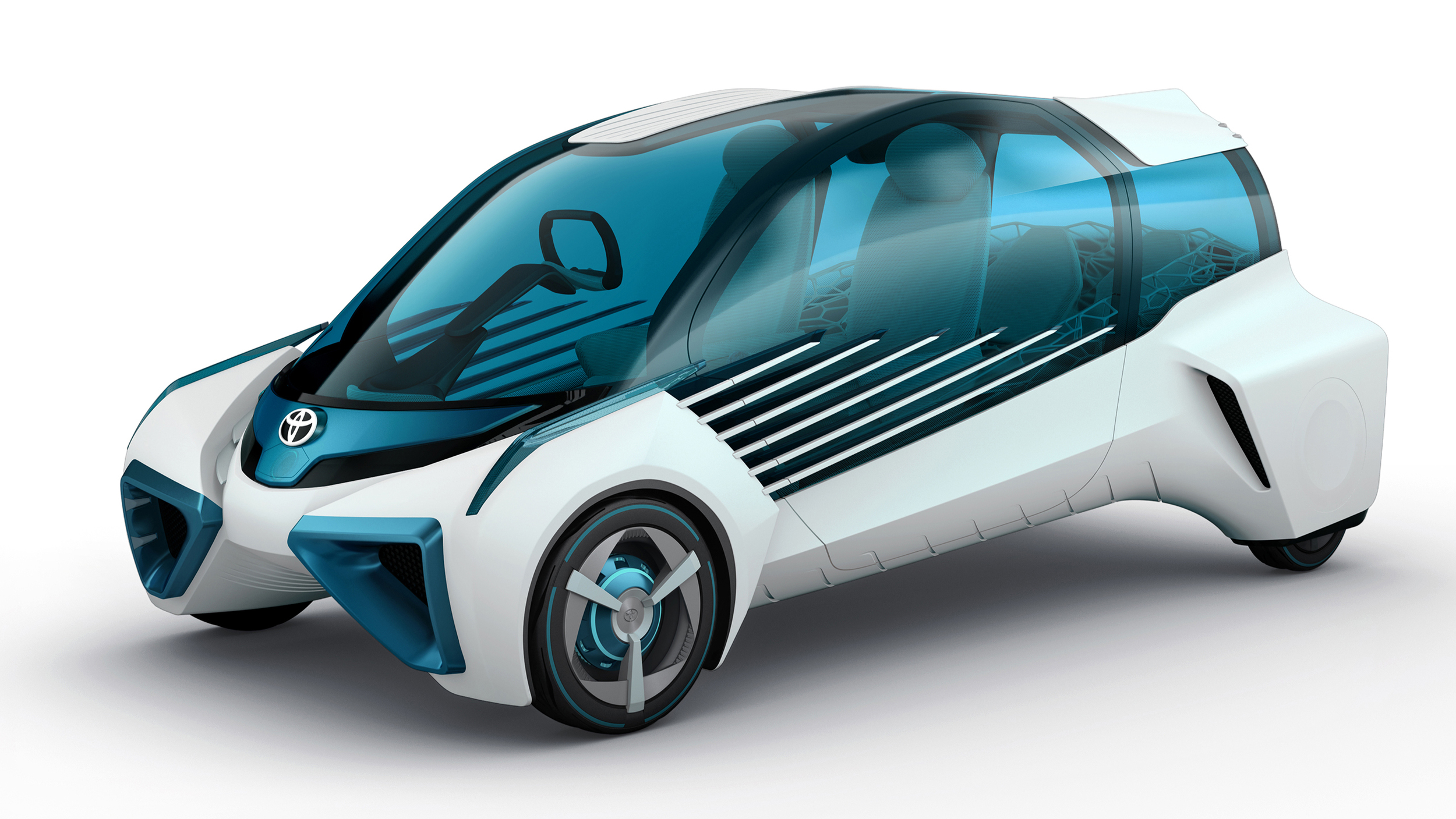
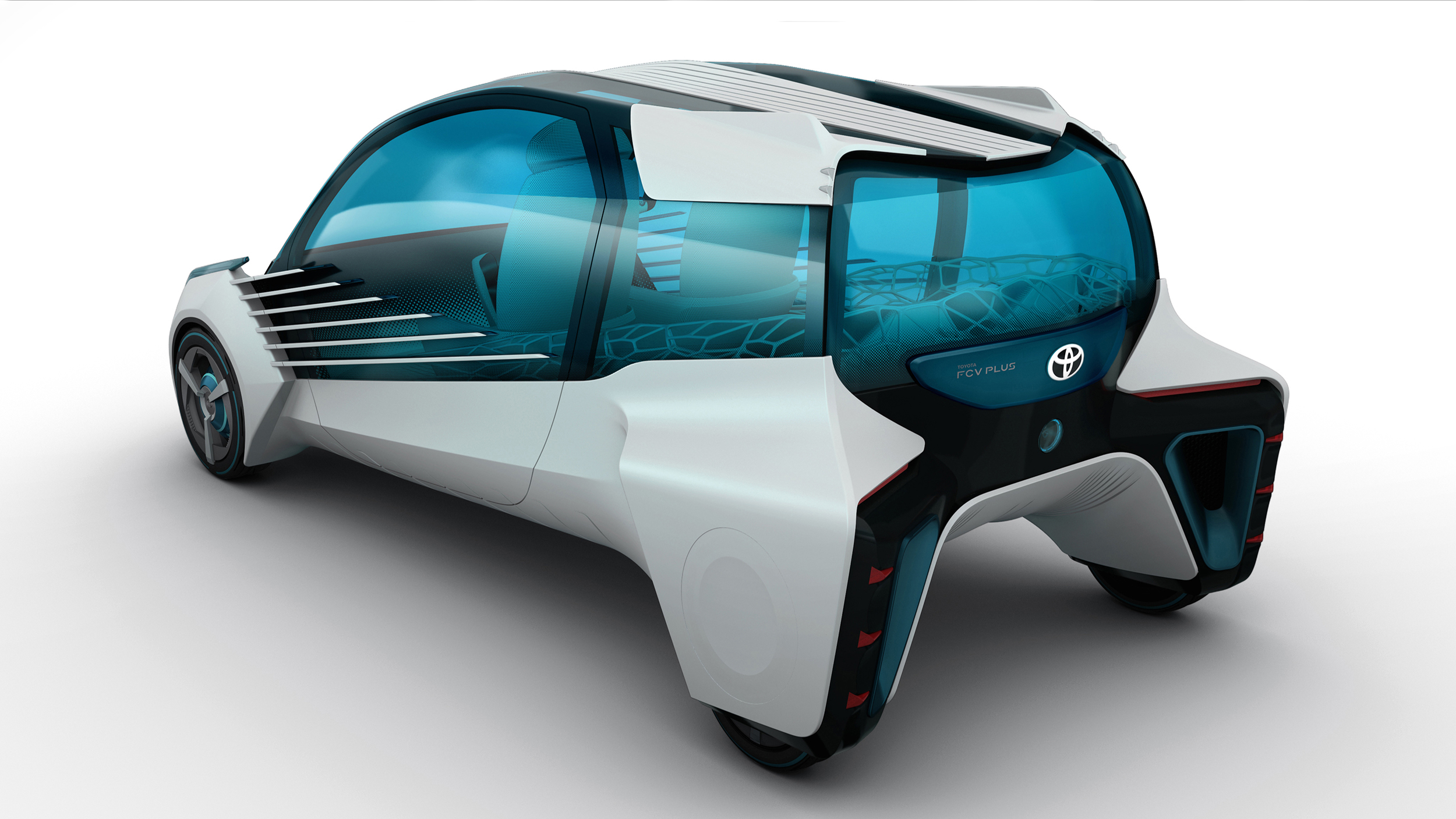
Toyota has unveiled its new concepts, ahead of a Tokyo Motor Show debut.
The Japanese brand will give world premieres to three contrasting new concepts, including a lightweight, entry-level rear-wheel drive sports car and a new fuel cell vehicle.
The S-FR concept celebrates Toyota's heritage of lightweight, fun-to-drive sports cars - a line that stretches back from today's GT86 to the 2000GT and S800 of the 1960s. Pitched as an entry-level model, Toyota says its focus is on 'responsiveness and character' with the brand confident it could attract 'its own die-hard fan base of drivers and customisers'. Featuring a long nose and wide stance for a classic sports car profile, the concept also has rounded bodywork adding to the S-FR's appeal.
The S-FR combines simplicity and compact design with an 'exceptionally' lightweight body and a front engine/rear-wheel drive drivetrain which contributes to responsive performance and direct handling. The engine has a front/midship location, says Toyota, with optimal weight distribution and independent suspension securing 'excellent cornering performance'. A six-speed manual transmission supports smooth acceleration.
The FCV Plus concept joins the S-FR and explores how the hydrogen fuel cell, used to power the car, can also be deployed to as an energy source for general use. As well as having its own hydrogen fuel tank, the FCV Plus can generate electricity from hydrogen stored outside the vehicle, so the car can be used to produce power in different locations - at home, at work, or further afield.
Compressed hydrogen has a higher energy density than electricity, can be produced from a wide range of raw materials and is easy to store - all qualities that make it a promising future source of energy. When the car is not being used for transport, it can share its power generation capabilities with communities as part of the local infrastructure. The fuel cell stack can be reused as a device to generate electricity, going beyond the traditional functions of a car.
The fuel cell stack in the FCV Plus is mounted between the front wheels, with the hydrogen tank located behind the rear seat. Together with independent in-wheel motors in all four wheels, this allows for a spacious cabin within a compact vehicle body. Concentrating the functional parts of the car at the front and rear creates an ideal weight balance and gives the driver a wide field of vision, according to Toyota.
The KIKAI concept makes the most of the car's mechanical parts, rather than concealing them from view, the vehicle's inner workings have become part of the exterior in a design concept that breaks with convention. This approach extends to the details such as the fuel tank, exhaust, analogue meters and switchgear. There is even a small window by the driver's feet, giving a view of the tyres, suspension and road surface. The movement of the front suspension's upper control arm can also be seen through the windscreen.
The driver's seat is positioned centrally, putting the driver at the heart of the action. A triangular arrangement of the three passenger seats and an expansive side window that extends up to the roofline help create a congenial cabin environment.
The new, fourth generation Prius will also will be making its Japanese debut at the Tokyo motor show, together with the C-HR Concept - recently unveiled in Frankfurt - that previews a new production compact hybrid crossover that Toyota will unveil next year.
The Tokyo Motor Show runs from 30 October to 8 November 2015.
